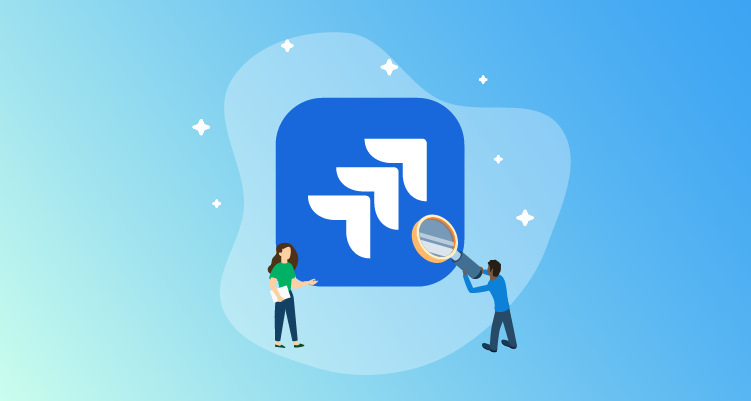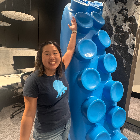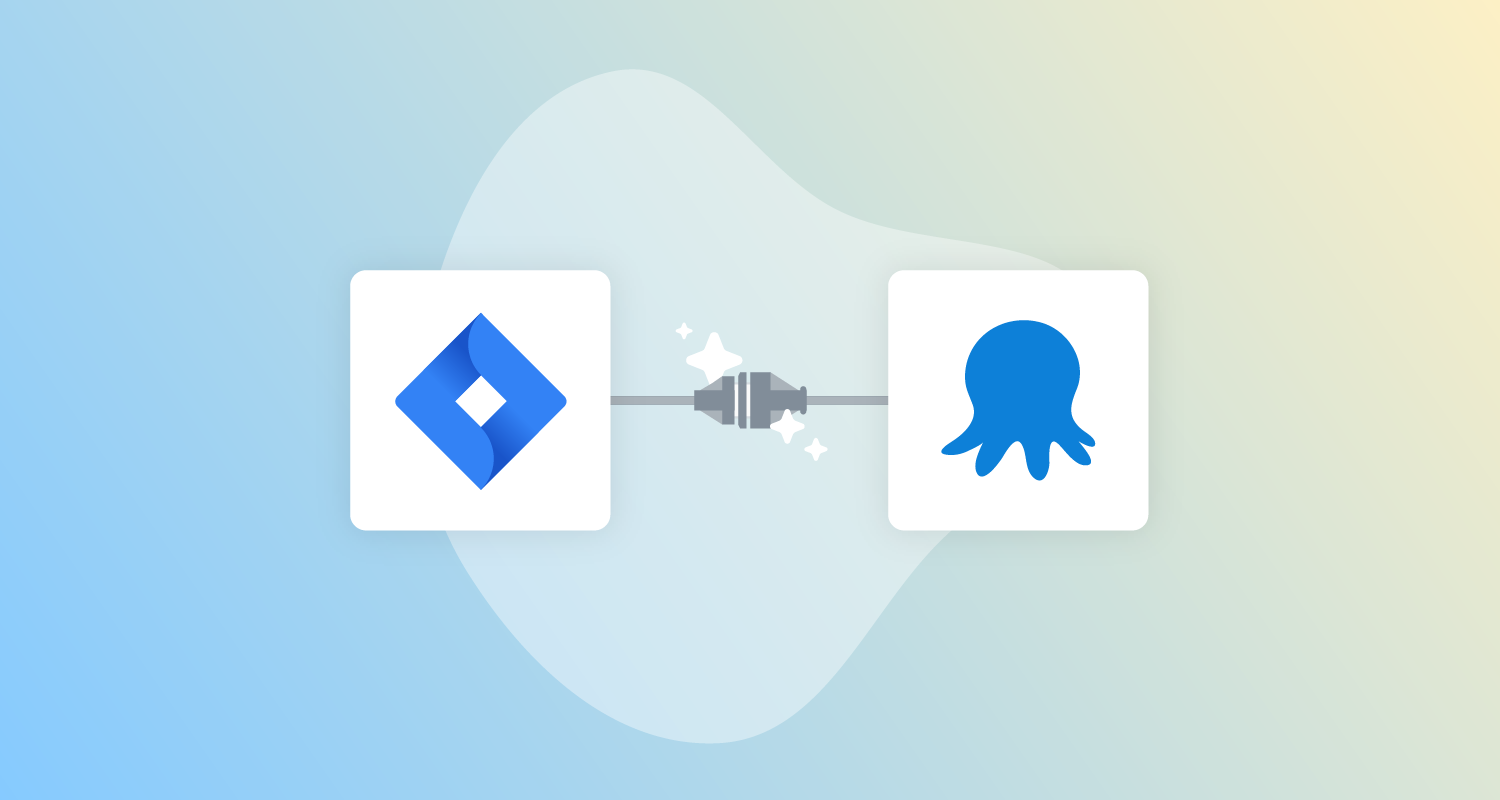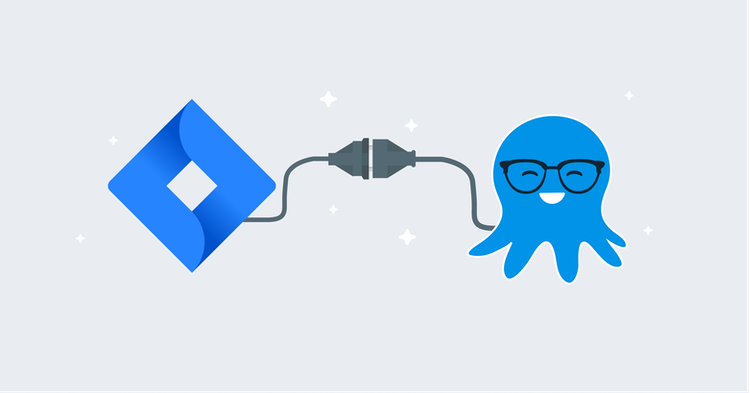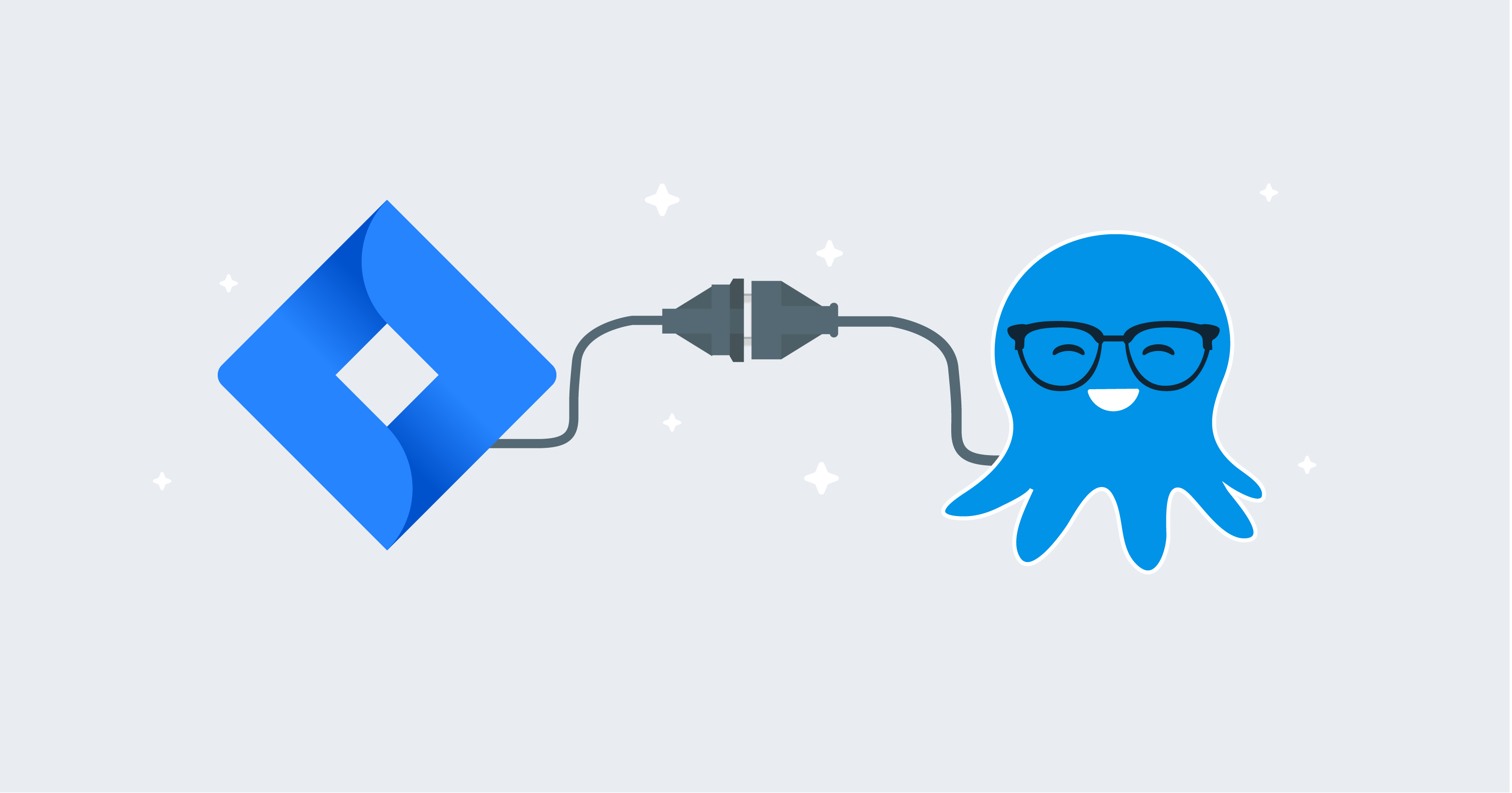When I joined Octopus in January 2023, the People team looked very different from what it is today. Back then, most of our work centered on ongoing projects and answering employee questions through Slack or email. We were like engines keeping the ship moving, focused on making sure employees were supported and cared for.
The team was still relatively new. Only a few years in, our priority was to build trust and move away from being seen as the stereotypical “HR” group. We were small and lean, most of the time we were so absorbed in the day-to-day that we rarely paused to think strategically or dive into data.
Looking back now, it is surprising that we waited so long to implement Jira. IT had already been using it successfully, and although the People team had talked about it for some time, it never became a priority. Ultimately, I took ownership and drove this forward.What started as a small idea became one of the most exciting and rewarding projects I have had the chance to lead.
From idea to implementation
When we began, we honestly did not know what to expect. The goal was simple: build it, launch it, and see what happens. What followed far exceeded our expectations.
We knew we had to design Jira in a way that worked with Octopus’s culture. Slack is our primary communication tool, and most employee inquiries came through Slack messages. Requests from third parties, such as employment verifications, arrived in our inbox. With that in mind, we needed Jira to integrate seamlessly with Slack, so employees could continue asking questions in the same way they always had.
On the Operations side, we automated our People inbox directly into Jira and set up Slack workflows where adding specific emojis to messages automatically created tickets. This helped us avoid missing requests and improved our responsiveness.
On the HRBP side, Jira changed the way we work. Previously, we operated in silos, using Google Docs to manage performance cases, reorganizations, and other sensitive processes. With Jira, HRBPs now have a centralized place to document and track cases. This makes our work more consistent and allows any team member to step in seamlessly if needed.
What changed?
For both Ops and HRBPs, the most transformative part of Jira has been reporting. What did not surprise us at first was the sheer number of tickets coming in. We already knew we were a lean team working across many priorities, but seeing the reality in numbers gave us a new appreciation for the scale of what we handle and gratitude for the team behind it.
What went beyond the numbers, however, was far more revealing. With the addition of AI powered reporting, we could move past raw volume and see deeper insights. The data showed us where questions and issues were coming from across departments, roles, and regions, which exposed weak points we had not clearly seen before. Instead of assumptions, we had evidence of where employees needed the most support.
The AI highlighted recurring themes, surfaced gaps in our processes, and even suggested where our attention should shift. It became clear for us that onboarding, offboarding, and employee recognition required more investment than we had realized. These patterns were not obvious through traditional reporting, but the AI made them visible.
This combination of real time data and AI driven analysis has turned reporting into a strategic tool. It not only helps us prioritize projects with more confidence and precision, it also guides us toward targeted improvements that will have the greatest impact on employees.
What’s next?
We are only just beginning. Our next steps include expanding Jira automations, creating new workflows to support our Work from Anywhere policy, and streamlining processes around benefits and other key employee touch points.
Implementing Jira has been fun and energizing, but more than that, it has been transformative. It has given us structure, clarity, and consistency. It has helped us evolve from a team focused on tasks to one that is strategic, data informed, and scalable.
Happy deployments!
